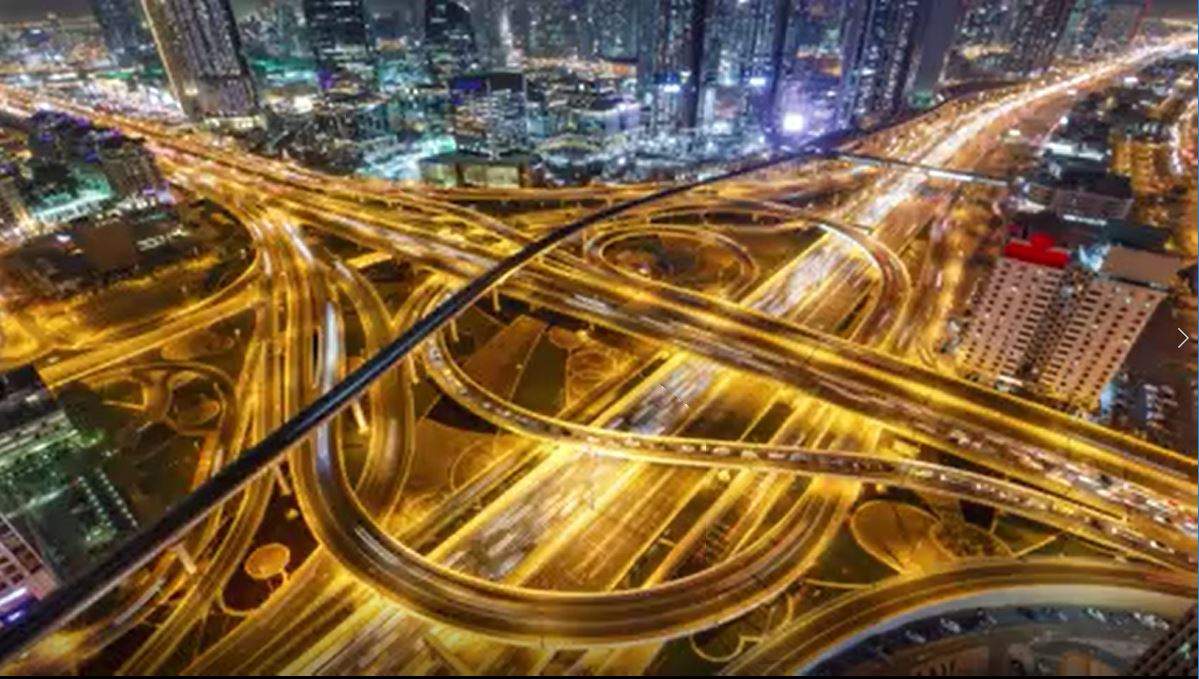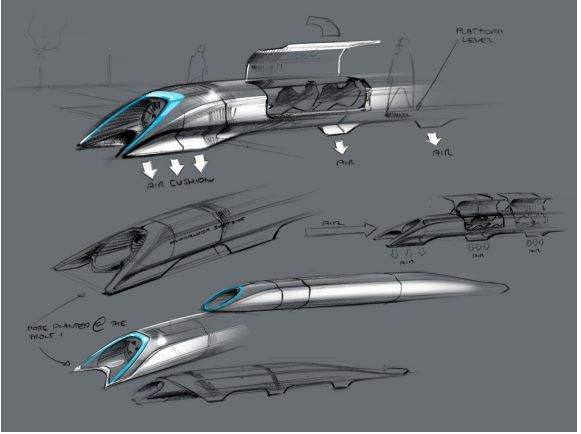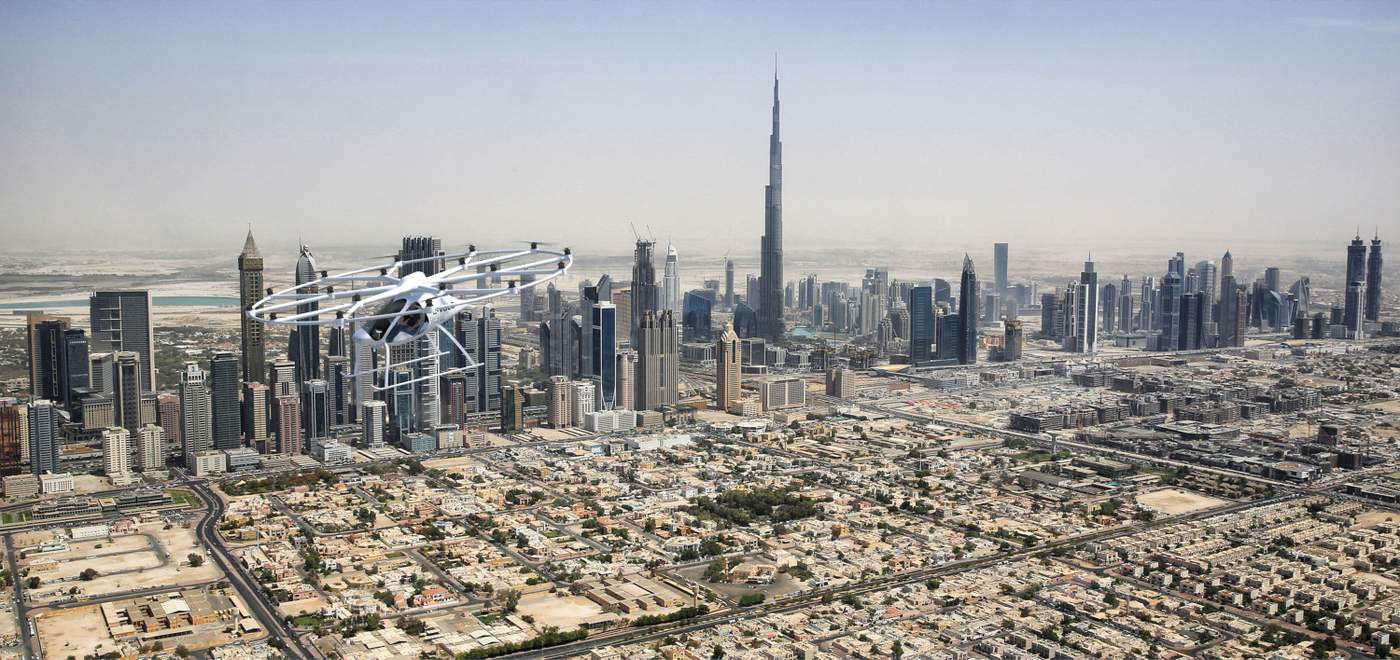It’s 2027, 10 years from today. You have an urgent appointment in Abu Dhabi at 9am and you’ve only just left the apartment on Palm Jebel Ali at 8.30. So plenty of time then.
The drone taxi you ordered via the RTA app is hovering outside. It’s only a couple of minutes to the hyperloop station at Al Maktoum International Airport, where the 8.40 service gets you to Reem Island Central in 12 minutes.
From here another driverless taxi — a Tesla this time — ordered on the Careem app, picks you up for your meeting.
You’re actually five minutes early for the appointment — which turns out to have been cancelled 10 minutes after you left home... Ah well. You can’t have everything.
A flight of fancy? Visions of the future often have a way of failing to materialise as expected. Back in the 1950s, magazines like Popular Mechanics imagined the skies of today filled with spaceships on their way to Mars, and trips to the shops in the family autogyro.
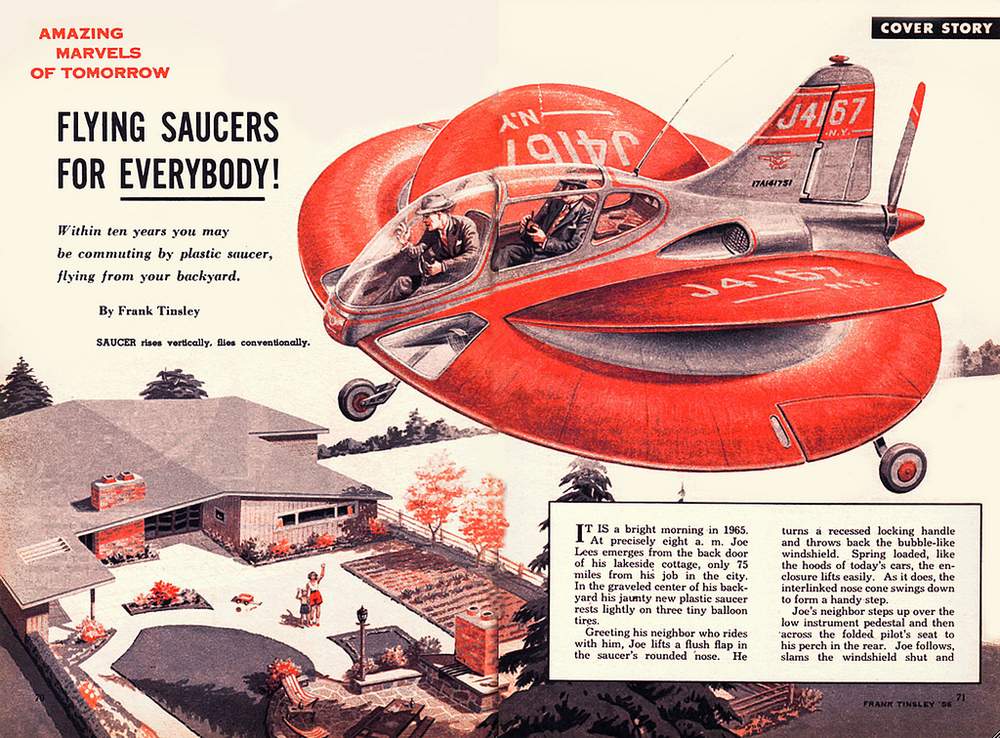
A 20th-century vision of the 21st century, still not quite matched by reality
This time feels different, though. It’s not just that advances in technology now make a transport revolution possible, but also that there is the will to make it happen. Especially in the UAE.
The UAE has a way of catching up fast, and then overtaking the world from the fast lane. Take the electric car. For years it was nothing more than a novelty in a country whose prosperity had been founded on petrochemicals, while in China sales reached more than 700,000 a year.
Suddenly Tesla has come to town, launching in Dubai this month with a showroom for its complete range, soon to include the new mass-market Model 3. There are charging stations springing up across the Emirates, and electric is the cool kid on the roads.
Then there is hyperloop, the supersonic transport system that shoots pods in a tube faster than a passenger jet. Inevitably, some are sceptical about the practicability of this untested concept. Yet the UAE has two hyperlink projects under development; one from Abu Dhabi to Dubai and the other from the capital to Al Ain.
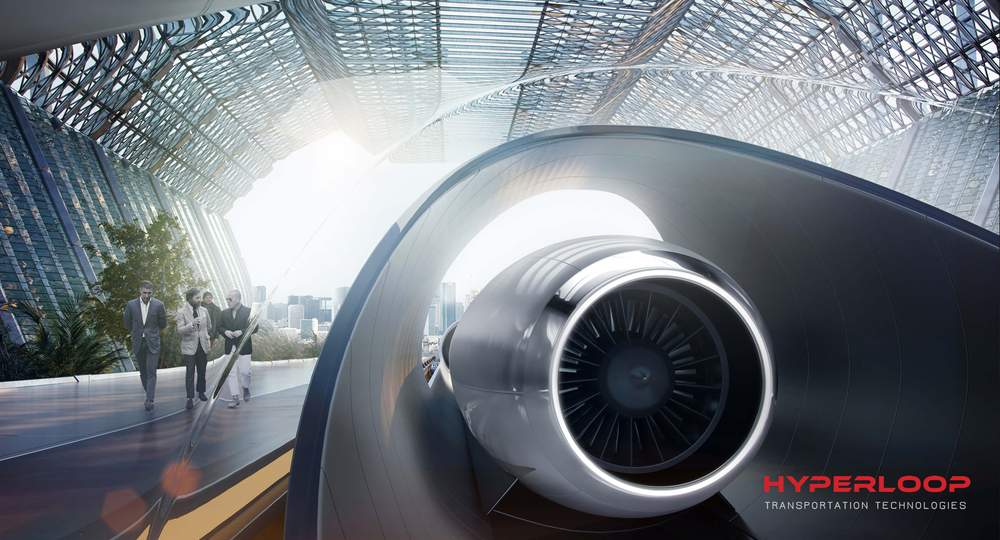
A hyperloop station as envisaged by Hyperloop Transportation Technologies
In Dubai, we are promised flying taxis using two-person drones that will begin testing later in the year, and driverless vehicles that in less than 15 years will account for one in four journeys in the emirate.
Some of these will be taxis, again developed by Tesla, the company created by the billionaire entrepreneur Elon Musk, whose cars will become a familiar sight on our streets this year, fuelled by the UAE’s growing network of charging stations. At Abu Dhabi’s Umm Al Emarat Park, electric cars now even have their own reserved parking spaces.
It was Abu Dhabi’s Masdar City in 2010 where we were first introduced to autonomous vehicles. Now nearby Yas Island is proposing to move visitors to the growing collection of theme parks using pods running on magnetic levitation. The plan is to eventually connect the pods to the new terminal at the international airport.
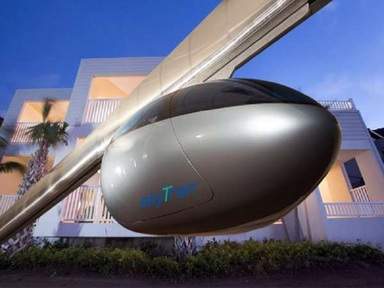
Visiting Yas Island? In the future this maglev pod could speed you there from the airport
There are still some areas where progress is slower. Etihad Rail once promised a network of both passenger and freight services that would connect not just the UAE’s major cities, but with routes across the entire GCC and even beyond.
These ambitions have since been scaled back, with the only currently operating route transporting sulphur from Habshan to Ruwais.
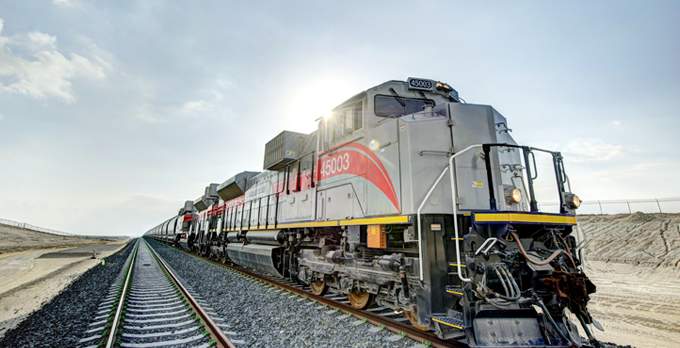
Etihad Rail began moving freight in 2013, but passenger services are on hold
In this vision of the future, there are also a few blind spots. Anyone who has experienced the morning rush hour in Abu Dhabi will be aware that the city would greatly benefit from a more developed public transport system.
Long promised, the first stages of what would be a 131-kilometre metro network were originally due to begin operation next year — but work has yet to start. Hopefully, the first trains will be running in our hypothetical transport future of 2027.
The journey begins here.
Credits
Words: James Langton and LeAnne Graves
Graphics: Ramon Penas
Photographs: Victor Besa, Pawan Singh
Images and videos courtesy of RTA Dubai, Hyperloop One, Hyperloop TT, Miral, Ehang, Tesla, James Wight /Global EVRT, Etihad Rail
Copyright The National 2017

